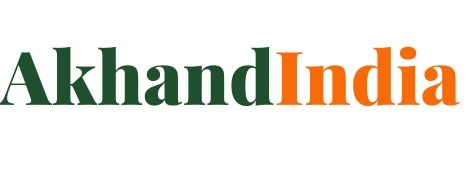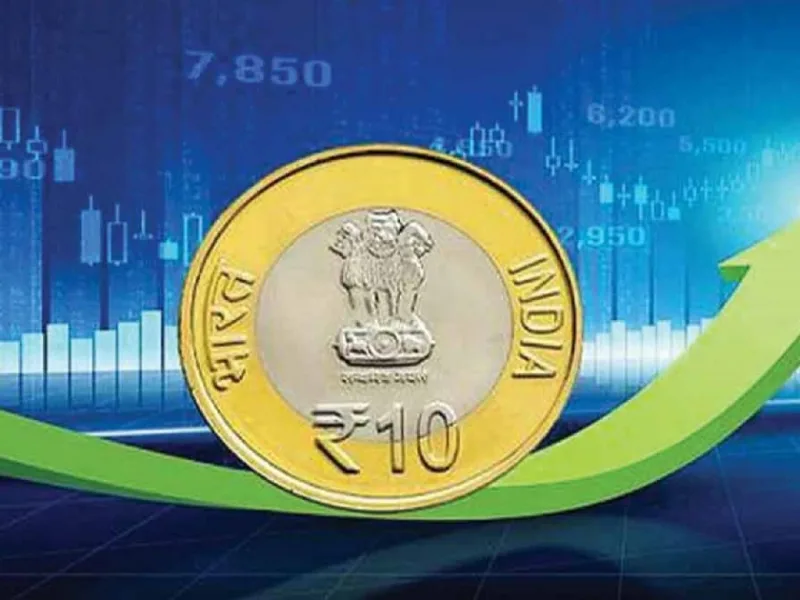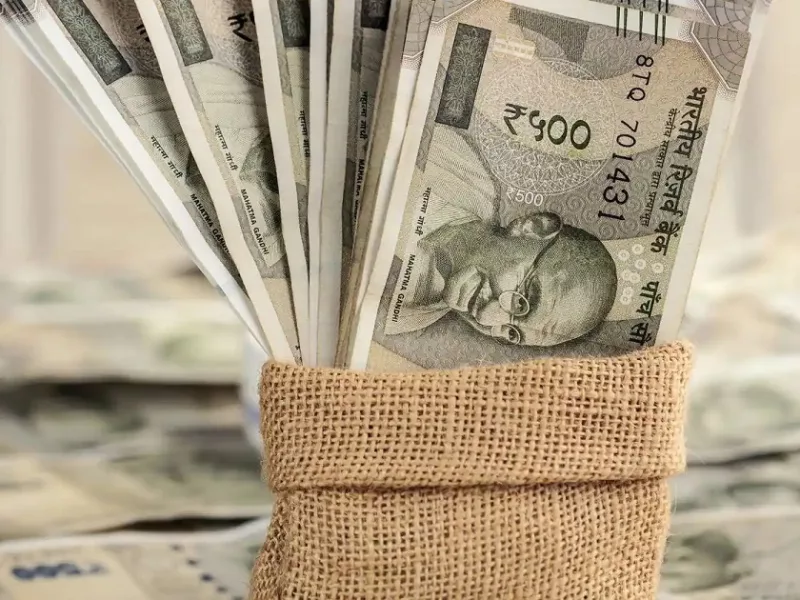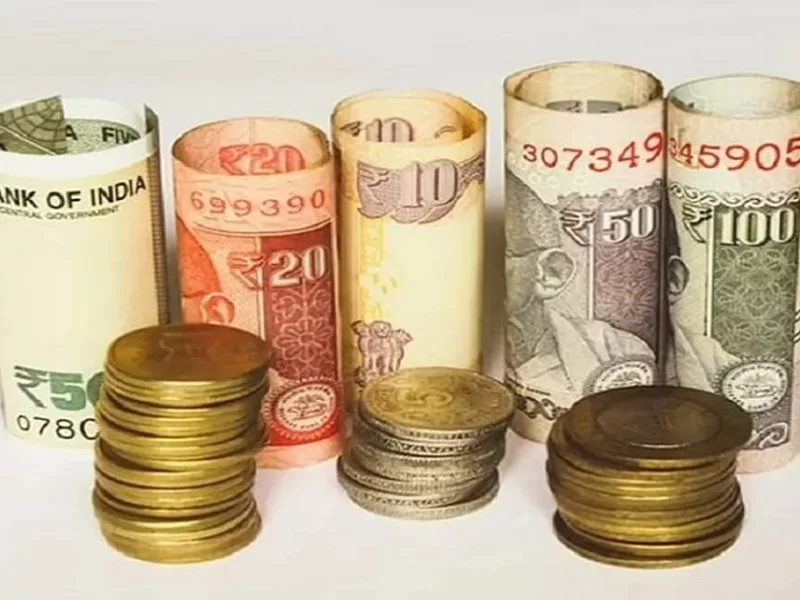Indian Oil Corporation Limited (IOC) is one of India’s leading companies in the refinery sector. In this article, we will discuss the future of IOC’s share price, targeting the years 2023, 2024, 2025, and 2030. However, before delving into future predictions, let’s take a look at the company’s functioning, expansion, products, and its current status in the stock market, including information on returns, net sales, net profit, and future prospects.
Indian Oil Corporation Ltd (IOC) was established on June 30, 1959, as Indian Oil Company, and later renamed as Indian Oil Corporation on September 1, 1964. The company is India’s national oil major and is involved in various activities such as exploration of crude oil and gas, refineries, and pipeline work. The company’s headquarters is located in New Delhi, India, and it has a total of 36,217 permanent employees. IOC is listed on both the Bombay Stock Exchange (BSE) and the National Stock Exchange (NSE).
In terms of market capitalization, IOC currently has a market cap of 1,32,598.43 Crores. The company also has free cash availability of 773.01 Crores and has paid a dividend yield of 3.23% to its investors. The promoter holding of the company stands at 51.51%. IOC has recorded a sales growth of 40.34% and a profit growth of 65%. The enterprise value of the company is 2,64,320.87 crores, with a total number of shares of 1,412.12 crores. The face value of the company is ₹ 10, and the book value is ₹ 105.41. However, the company currently has a high debt of 1,32,495.45 crores, which is a cause for concern. The return on equity (ROE) of IOC is recorded at 6.20%, while the return on capital employed (ROCE) is recorded at 6.54%.
Despite the company’s large business and strong fundamentals, the high debt is a major issue that needs to be addressed. Considering the future of IOC’s share price, the first target for 2023 could be around Rs 110, while the second target could reach Rs 120.
Moving on to the target for 2024, if we look at the net sales of the company for the last five years, it registered net sales of 5,28,981.80 crores in March 2019, 4,89,305.21 crores in March 2020, 3,84,762.56 crores in March 2021, 5,98,149.21 crores in March 2022, and is projected to reach 8,39,472.20 crores in March 2023. In terms of net profit, IOC earned 16,894.15 crores in March 2019, 1,313.23 crores in March 2020, 21,836.04 crores in March 2021, 24,184.10 crores in March 2022, and is expected to reach 8241.82 crores in March 2023. With consistent stability in net sales and net profit over the past five years, it is expected that IOC will continue to grow in the future. For 2024, the first target for the share price could be around Rs 140, while the second target could reach Rs 150.
Moving on to 2025, IOC is planning to build a 15 MMTPA to 25 MMTPA refinery for Panipat Refinery to meet the high demand for petroleum and petrol products in North India. In terms of historical returns, IOC has provided -2% CAGR returns in the last five years, 17% CAGR returns in the last three years, and a CAGR return of 29% in the last one year. These returns indicate that the company has performed well in the short term. For 2025, the first target for the share price could be around Rs 160, while the second target could reach Rs 190.
Looking ahead to 2030, considering the shareholding pattern of the company, the promoter’s holding stands at 51.51%, followed by DII at 31.15%, the public at 9.76%, and FII at 7.56%. The strong promoter holding indicates that the company has a good foundation for future growth. For 2030, the first target for the share price could be around Rs 510, while the second target could reach Rs 550.
In terms of strengths, IOC has a strong promoter holding of 51% and has registered a profit growth rate of 84% in the last three years. The company has also recorded a revenue growth of 19.71% in the same period. However, the company’s current debt of Rs 1,32,495.45 crore is a major weakness. The high debt poses a significant risk factor for IOC. It is important to note that any fluctuations in the foreign signal crude oil market can have an impact on the company’s share price.
In conclusion, investing in IOC can be a good long-term option due to its government ownership and consistent dividend yield of 3.13%. However, it is important to closely monitor the rise and fall of stocks, especially considering the impact of crude oil foreign signals. Staying updated with the latest news and updates is crucial for investors.








